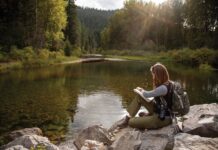Watercolor artist Frank Eber grew up in Europe, where he was mentored by Italian master painter Renato Casaro. For several decades, he worked as a professional illustrator and commission portrait artist. Today he travels the globe teaching workshops, jurying, and painting.
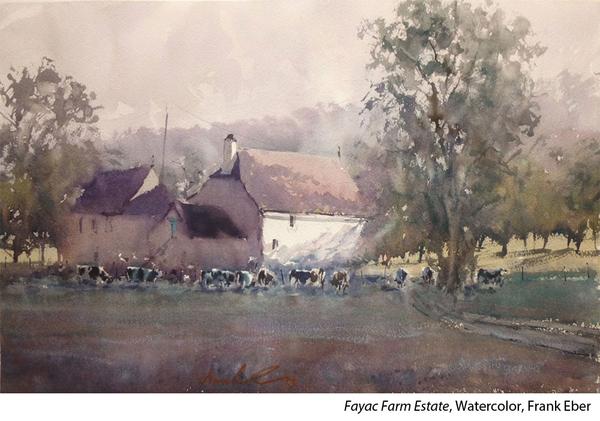
“Painting is a visual language,” says Frank Eber. “We are translating what we see into something paintable. Inward intuition is what will guide me in determining what I will put in and what I’ll leave out or otherwise change.
“I try limiting my reliance on reference material, at least to a certain degree, and interpret the scene instead. This process will create a personal version of whatever it is I am painting. It does take a lot of practice to learn that.
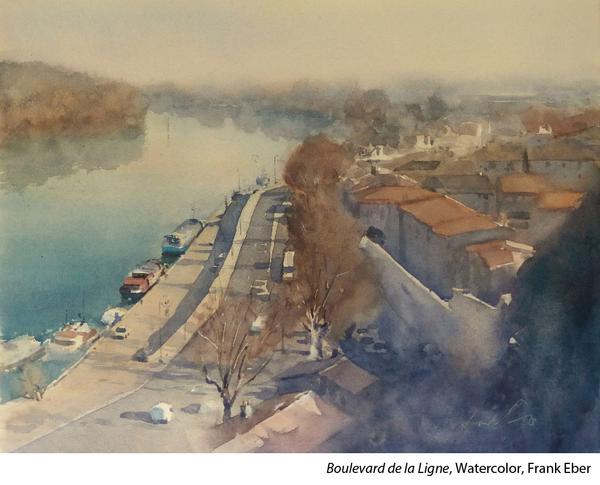
“This doesn’t mean I don’t use the reference photo. References give vital information about a subject but at the same time, a reference can never give me what it was that excited me to paint the subject.
“In general, I look for pattern, lights and darks. Of course the subject matter is also important, but to a lesser degree. There is usually also something else there that attracts me, something more profound about the scene (or person, if it is a portrait). Often it is something I glimpse, out of the corner of my eye. Something that lasts but a moment. A mood. I am trying to paint that. It can be beautiful or not. Definitely not ‘pretty.’

“In my work, I am hoping to touch the viewer or buyer on an emotional level, even with landscapes. It is a big compliment to me when someone tells me the painting makes them feel like they’re there or they can feel the emotion on the face of a portrait.
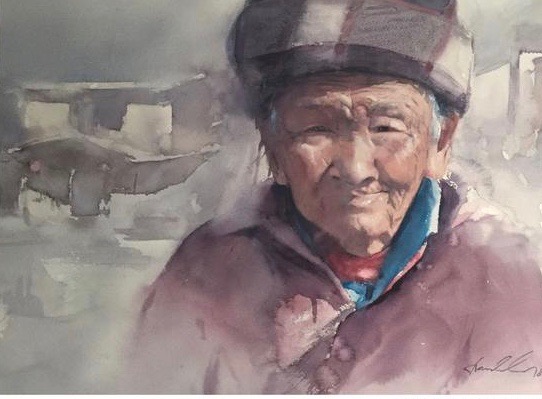
“A painting can have great power. It can stop a person in their tracks and hold them there. If my art can stop someone and keep them in that present moment, I feel I may have added positively to this person’s life experience. A painting is like a record of a moment in time, not unlike a photograph. But both a painting or a photograph can be more than that when it transcends the technical aspects and points to a deeper truth.
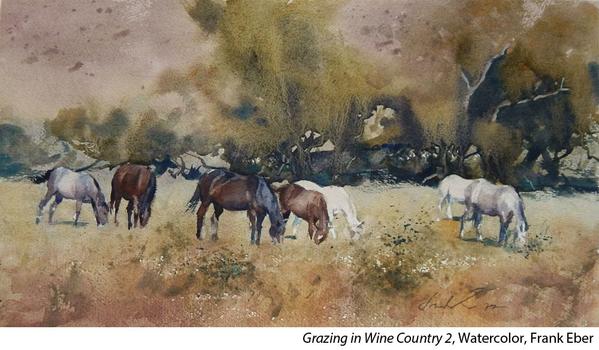
Robert Henri said in his book The Art Spirit: ‘I don’t care if you paint rocks, trees and mountains well. You have not succeeded if you can’t make me ‘feel’ that there are rocks trees, mountains and air there’. I am paraphrasing, but what he meant, and I agree, is that a technically perfect, but otherwise lifeless, painting won’t make you feel anything.
“During the painting process I try to refrain from naming, analyzing, evaluating, judging in any way. With a still mind I am hoping to be able to connect better with what I paint.”

MOVING BEYOND MATERIALS AND TECHNIQUE
“The most often asked question I get in my workshops is: What colors are you using? The analytical mind tries to make sense of the process that is painting. It is looking for something to hold onto,” he says.
“The creative process is inexplicable. It follows no rigid order and that can be daunting for a beginning painter. In his book Carlson’s Guide to Landscape Painting, George Carlson says on the first page: ‘the art of painting cannot be taught, therefore it cannot be learned.’
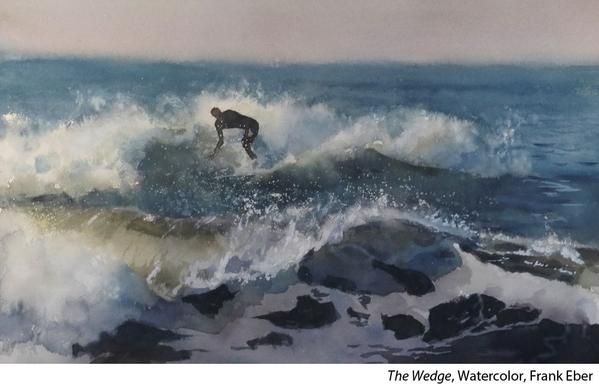
“All we do is talk about painting principles that are applied. I cannot teach you what you should see or feel. Beginning painters need to go through the progression though. The fundamentals are learned first; they are the base. Composition, color mixing, value, and edge.
“It is critical to move on from materials and technique because only when you have those in your subconscious will you be able to be truly creative.”

To learn more about watercolorist Frank Eber, check out his website, blog, and on Instagram.


